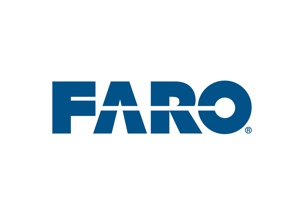Those who wondered how long it would take for FARO to announce a new release of a product developed by kubit have their answer. FARO has announced PointSense for Revit, which the company says improves “evaluation and conversion of point cloud data to building information models (BIM).”
“PointSense for Revit,” Scott Diaz told SPAR, “is the first PointSense product that works directly inside the Revit environment. Previously PointSense products only worked as a plugin to AutoCAD, this is the first one for the Revit world, so it helps people extract BIM models from Revit point clouds.”
Diaz explained that for now they’re focusing on architectural applications. “We’re going to do wall extractions, automatic wall alignment–for people who have problems with walls that come out to 89 or 91 degrees, there’s tolerance so the walls are continuous and not jagged walls.”
The update includes an automatic snap functionality for Revit, as Diaz explains. “We created an actual 3D snap for Revit–normally in Revit you could only snap to the active work plane, but now you can snap freely as you could in AutoCAD.”
Other features include the ability to generate ortho images from a point cloud, create your own objects in the editor, generate planes from the point cloud to set up an active work plane, and define edges and corner points between planes. Diaz says that all functionality available in Virtuserv for Revit is now available in PointSense for Revit.
This is only the first step in a larger strategy, he explained, and a concerted attempt to develop Revit for the AEC market. What’s next? “People see our PointSense Plant product, they see piping and structural within AutoCAD. The natural question when they see PointSense for Revit with architecture is: Great, when are you going to have piping? When are you going to have structure in Revit?”
They also want to add tools for deformation analysis, “because Revit does such a nice job of making nice-looking, perfect models, we need to be able to run analysis to compare the as-built to the model.”
According to Diaz, you can expect to see a lot more from him in the near future. “We have a lot of work to do, but there’s some cool stuff on the horizon for sure.”






